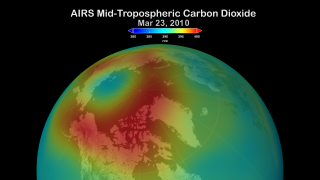Earth
ID: 10932
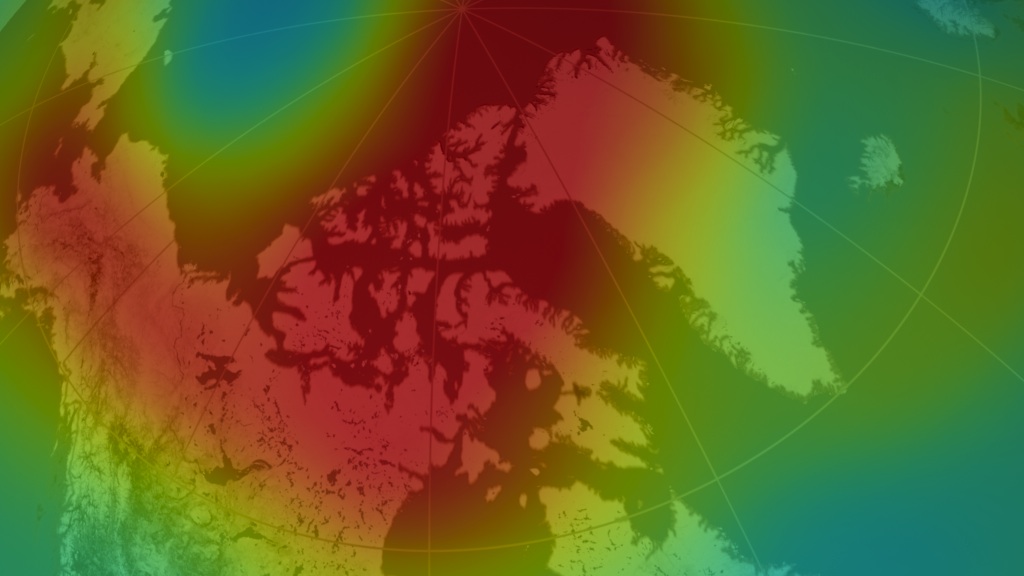
The air above the icy and remote Arctic experiences larger carbon dioxide fluctuations than anywhere on the planet. Driven by the disparate forces of plants and winds, the seasonal rise and fall of this greenhouse gas cycles in tune with the vegetation scattered across the vast landmasses of the Northern Hemisphere. Levels first start to rise in winter after forests and fields go dormant and plants stop photosynthesizing carbon dioxide from the air. But then they spike in early spring as warmer weather arrives and dead vegetation decays, releasing bursts of stored carbon that's confined to the pole by the polar jet stream's fast-moving winds. The visualization uses data from the Atmospheric Infrared Sounder on NASA's Aqua satellite to show the changing carbon dioxide levels above the Arctic from February 2010 to February 2011.
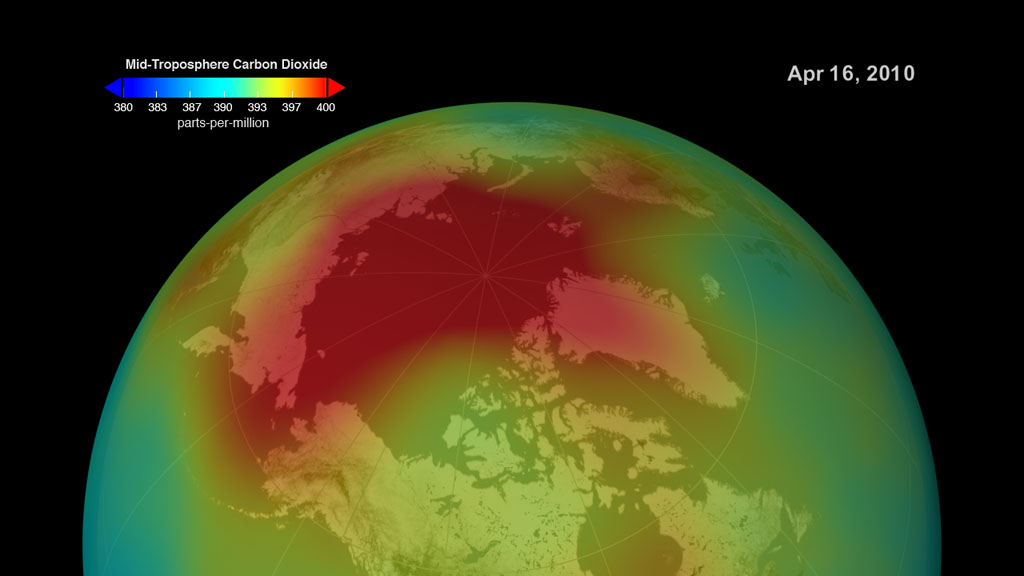
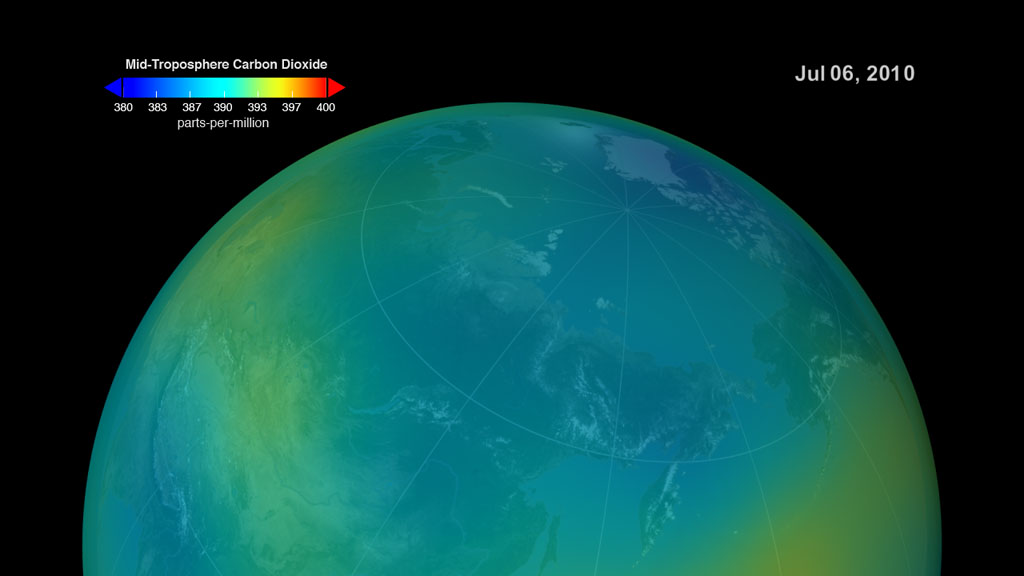
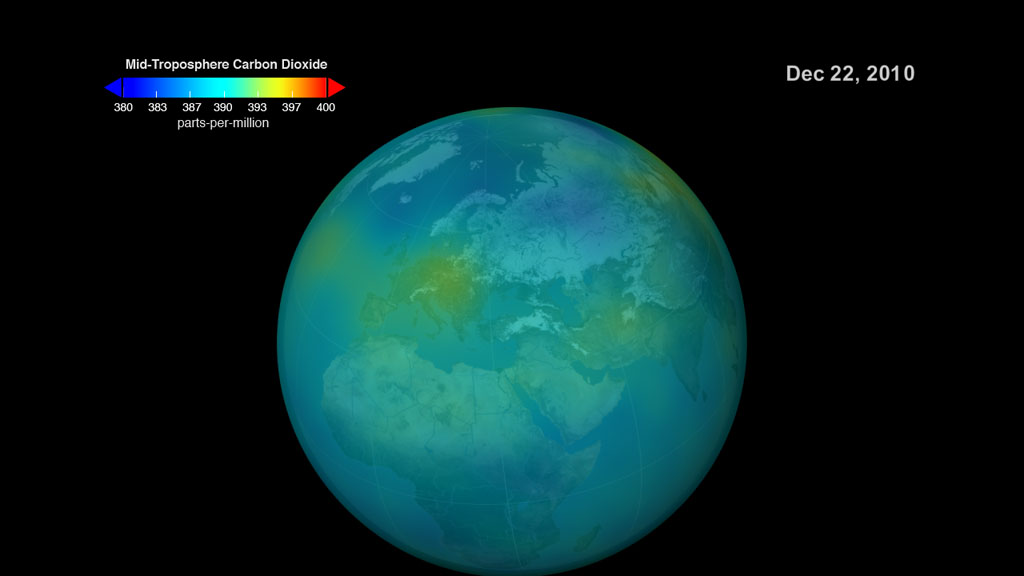
Trapped In The Troposphere




Related Story
Story Credits
Lead Visualizer/Animator:
Lori Perkins (NASA/GSFC)
Lead Scientists:
Edward Olsen (NASA/JPL CalTech)
Hai Nguyen (California Institute of Technology)
Project Support:
Sharon Ray (NASA/JPL CalTech)
Lead Writer:
Christina Coleman (Telophase)
Lori Perkins (NASA/GSFC)
Lead Scientists:
Edward Olsen (NASA/JPL CalTech)
Hai Nguyen (California Institute of Technology)
Project Support:
Sharon Ray (NASA/JPL CalTech)
Lead Writer:
Christina Coleman (Telophase)
Please give credit for this item to:
NASA's Goddard Space Flight Center
NASA's Goddard Space Flight Center
Short URL to share this page:
https://svs.gsfc.nasa.gov/10932
Keywords:
SVS >> App
NASA Science >> Earth
https://svs.gsfc.nasa.gov/10932
Keywords:
SVS >> App
NASA Science >> Earth
